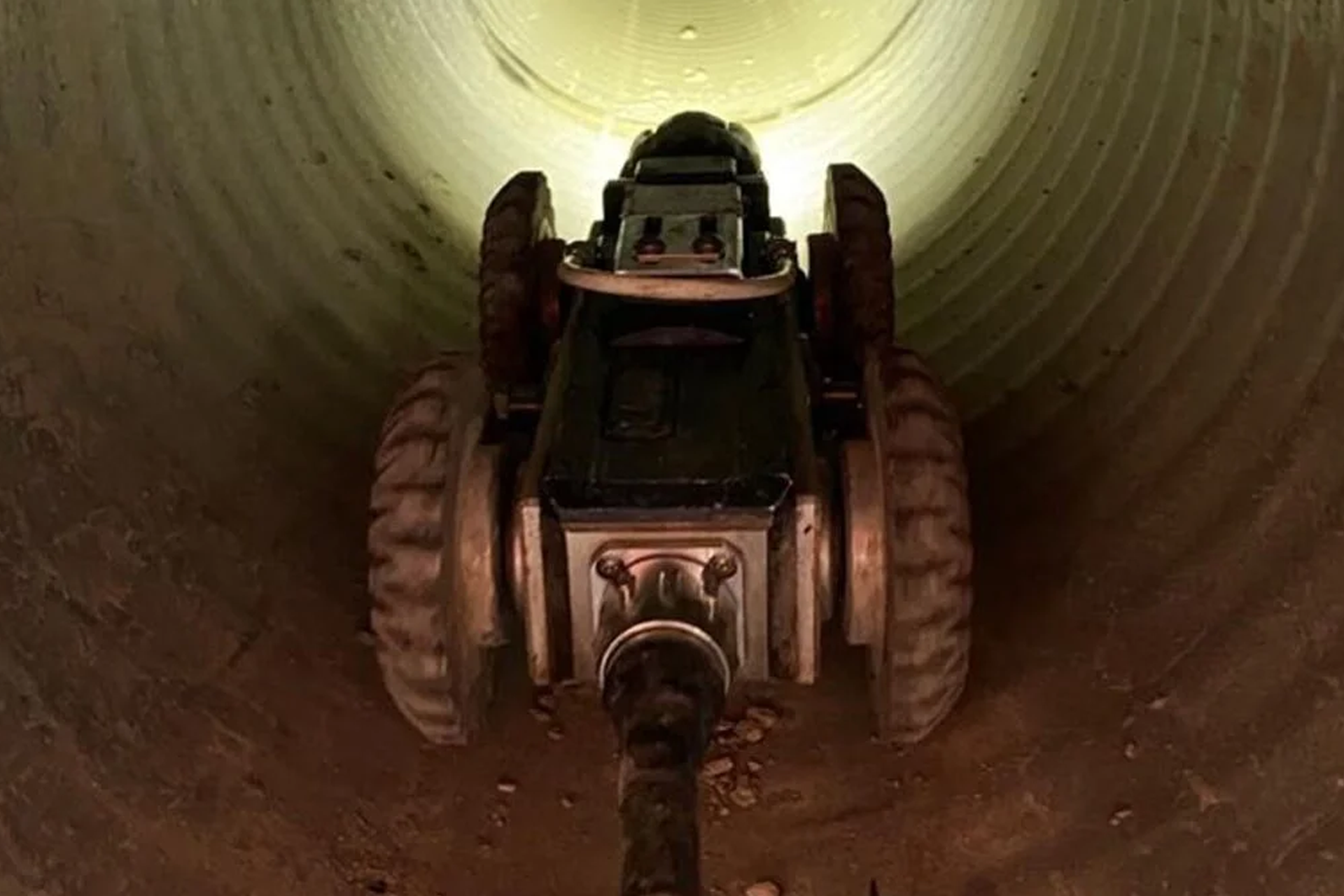Get This Report on Reclaim Waste
Table of ContentsThe Only Guide for Reclaim WasteLittle Known Facts About Reclaim Waste.6 Easy Facts About Reclaim Waste ExplainedHow Reclaim Waste can Save You Time, Stress, and Money.The Single Strategy To Use For Reclaim Waste
Residential sewage waste refers to the waste and products from a household septic container. The correct management and disposal of residential sewer waste require fluid waste to be moved to a sewage treatment plant where the appropriate approaches and equipment are applied to detoxify and dispose of waste.
Commercial waste commonly consists of potential risks, such as combustible products or a mix of liquid and solid waste items, and calls for an advanced and thorough disposal process. The disposal of industrial waste commonly involves the filtration of waste before transport to ensure risk-free and appropriate disposal. Hazardous waste is created from by-products and overflow of industrial procedures and manufacturing.
This sort of waste can not utilize the exact same sewage administration transportation or processes as septic or commercial liquids. The industrial waste management process requires the inspection and testing of fluid waste prior to it undertakes the disposal procedure (liquid waste removal). Overflow waste is the liquid waste that comes from drainage and excess stormwater in very booming locations or cities
Overflow waste can trigger contamination and flooding if not dealt with correctly. Discover more about sewage system cleansing and waste administration. Guaranteeing proper waste management can protect against calamities and lower environmental harm. Both people in property settings and specialists in business or production markets can take advantage of recognizing the processes and guidelines of liquid waste monitoring.
How Reclaim Waste can Save You Time, Stress, and Money.
Call PROS Services today to learn more about our waste management and disposal services and the correct ways to take care of the fluid waste you generate.
(http://peterjackson.mee.nu/where_i_work#c2441)Do you know what happens to your water when you end, flush the bathroom or drain the washing machine? No? Well, it deserves recognizing. This supposed 'wastewater' is not just an essential source yet, after therapy, will certainly be launched to our land, rivers or the sea. Made use of water from commodes, showers, bathrooms, kitchen sinks, washings and commercial procedures is known as wastewater.

water utilized to cool down machinery or clean plant and tools). Stormwater, a type of wastewater, is drainage that flows from agricultural and metropolitan locations such as roofings, parks, gardens, roads, courses and seamless gutters into stormwater drains, after rain. get more Stormwater streams unattended directly to local creeks or rivers, ultimately getting to the sea.
Some Known Details About Reclaim Waste
In Queensland, most wastewater is dealt with at sewer therapy plants. Wastewater is carried from domestic or industrial websites with a system of sewers and pump stations, recognized as sewerage reticulation, to a sewer therapy plant.
The Department of Natural Resources recommends local federal governments regarding handling, operating and preserving sewerage systems and therapy plants. In unsewered areas, local federal governments may call for homeowners to mount individual or family sewage therapy systems to treat residential wastewater from toilets, cooking areas, washrooms and laundries. The Division of Natural Resources authorises making use of home systems when they are confirmed to be efficient.
In some new neighborhoods, therapy of some stormwater to get rid of litter, sand and crushed rock has begun utilizing gross toxin catches. Wastewater treatment occurs in four phases: Gets rid of strong issue.
Makes use of tiny living organisms understands as micro-organisms to break down and eliminate continuing to be liquified wastes and great fragments. Micro-organisms and wastes are included in the sludge.
See This Report on Reclaim Waste
Nutrient elimination is not readily available at all sewer therapy plants due to the fact that it calls for expensive specialized tools. It is becoming much more common in Queensland. Clear liquid effluent produced after therapy may still have disease-causing micro-organisms. If this effluent is released into rivers such as rivers or the sea, the micro-organisms will ultimately pass away out.

This generally implies wastewater has actually to be dealt with or impurities removed prior to it can be released to waterways. Many wastewater flows right into the sewage system. Under the Act, regional governments administer authorizations and permits for ecologically relevant tasks (Ages) involving wastewater launches that could have a neighborhood effect. The department provides approvals and licences to ERAs including wastewater launches that could have a regional or statewide impact.
3 Easy Facts About Reclaim Waste Described
Monitoring gives accurate details regarding water high quality and can confirm that licence conditions are being met. The information obtained through monitoring offers the basis for making water high quality choices.